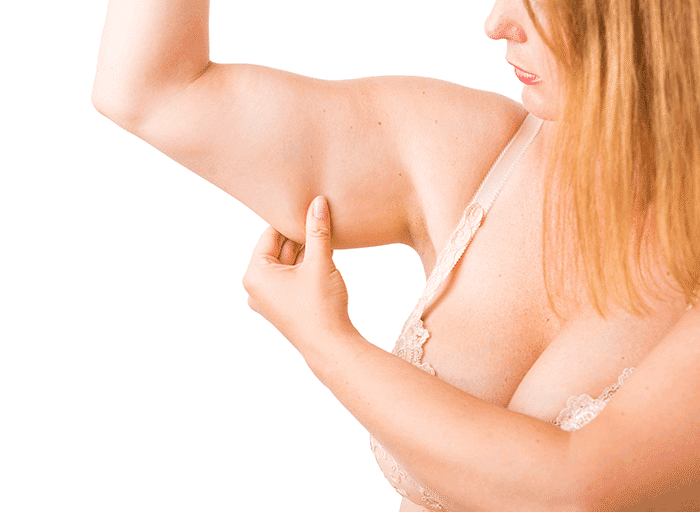FAQ’s About Lipedema
FAQ’s About Lipedema are ongoing for Dr. Marcia Byrd. She has many questions about lipedema that come up over and over again. She recently participated in a streaming conference that was to help increase awareness about this disease. It was attended on line from participants from all over the country. This video was made possible, in part, by the help of Denise Bennett, a lipedema patient of hers, and who is one of four volunteers that watches over the Lipedema Surgery in Georgia Facebook group.
HOW MUCH PAIN SHOULD SOMEONE EXPECT DURING LIPEDEMA SURGERY?
Dr. Marcia Byrd, Lipedema surgeon, says: “Pain during Lipedema surgery is very subjective. I’ve had patients who talked to me through the entire procedure with minimal sedation. Other patients who were more scared of the procedure, they’re going to be more uncomfortable. We do continue to sedate the patient during the surgery, as often as we can safely do it which can be every 30 minutes. She says she has never stopped surgery because someone said they were in pain. We only use local anesthetic.”
Insurance Acceptance for Lipedema Surgery
During the teleconference, Another doctor tells of how Dr. Byrd has been instrumental in getting Insurance companies to approve insurance claims for Lipedema surgery. Before finding Dr. Byrd, it took her patient a full year to get Blue Cross to approve the surgery. The patient had to go to a surgeon for diagnosis and then follow guidelines of conservative treatments for lipedema with documentation of what the patient was doing to complete these conservative methods. During that year, she was denied 3 times. She began working with Dr. Byrd and finally with Dr. Byrd’s help, she was approved. Dr. Byrd remarks that she is seeing a lot more approvals now. Dr. Byrd says she’s learned a lot more now about what the insurance companies require and is able to consult perspective patients on what process they must follow in able to be approved.
For Lipedema Legs, What is the Recovery Time? Do You Do Upper Legs First, or Bottom Legs?
Typically, if the patient is stage 1, Dr. Byrd will do the entire legs at one time. It mostly depends on how much tumescent solution she has to use. Once the allocated amount is used up, she must stop the procedure. For recovery time, if the person has a desk job, they can typically go back in one to two weeks. If they are at a more advanced stage, recovery may take a little longer. Maybe 3 to 4 weeks. But typically, they can resumed work and other activities in about a week or two.
Revision Lipedema Surgery
FAQ’s About Lipedema
Question: Do you do revision surgery on your own patients if after a certain amount of time has passed and they need a touch up? Also, would you do revision surgery on someone who has gone to someone else?
Dr. Byrd replies, “Yes, to both questions. I do see ladies approximately 1 year after all surgeries are completed for a touch up.” She elaborates “I will say that over the years, I have noticed that touch ups don’t usually do too much. I will do touch ups, if I feel they will they will make the outcome better. It’s dome to relieve the pain of lipedema and help the person walk better. It’s sometimes difficult to satisfy the expectations and that is very personal and subjective . I feel I have done a good job if we keep the main goals in mind.
To read more about Revision Lipedema Surgery, Click here+
Liposuction Techniques
What types of liposuction techniques do you use for Lipedema surgery?
Dr. Byrd replies, “There’s a misconception about tumescent. Tumescent local anesthesia (TLA) is a technique that provides anesthesia of large areas of skin and subcutaneous tissue by means of the direct infiltration of large volumes of a dilute anesthetic solution into subcutaneous fat.”
“Tumescent liposuction was developed by Dr. Jeffrey Klein in 1985. It uses tiny cannulas to insert the fluid. It’s not as powerful, as we now have a better surgical technique to do surgery. So, I don’t necessarily use tumescent liposuction.”
“There are 3 main liposuction techniques that I like to use.”
“All three work very, very well. Sometimes, I use all three. I typically start with water assisted liposuction. I find that is works very well. I follow that with ultrasonic for cases that have very dense fat. I choose the one technique that I think will work the best. It all depends on the patient and how long they have had the lipedema condition. It depends on the quality of the fat and the presence of fibrous tissue. I check all that our prior to the surgery. You still don’t know exactly what you have to work with until you start the surgery. until you start the surgery.”
READ OUR LATEST BLOGS
Is Comparison Stealing Your Joy?
Is comparison stealing your joy? Comparison is, in fact, a thief of joy, as Theodore Roosevelt so appropriately claimed, [...]
Frequently Asked Questions About Lipedema
Dr. Marcia Byrd has many frequently asked questions about lipedema that come up over and over again. She has [...]
Cellulite or Lipedema?
Do you have Cellulite or Lipedema? Have you been told you have Cellulite or have you seen pictures of [...]
Lipedema Can Impact Your Sexy Factor
How has Lipedema Impacted Your Sexual Mind Set? Author, Denise Bennett Lipedema can impact your sexy factor [...]
Loose Skin After Lipedema Surgery
Loose skin after lipedema surgery is one of the draw backs from eliminating lipedema fat in certain areas of [...]
Lipedema Sufferer – It’s Not Your Fault!
Lipedema Sufferer Learn to Love Yourself As You Are Forgiveness & Self Love Quote by Brene' Brown: "Talk [...]







